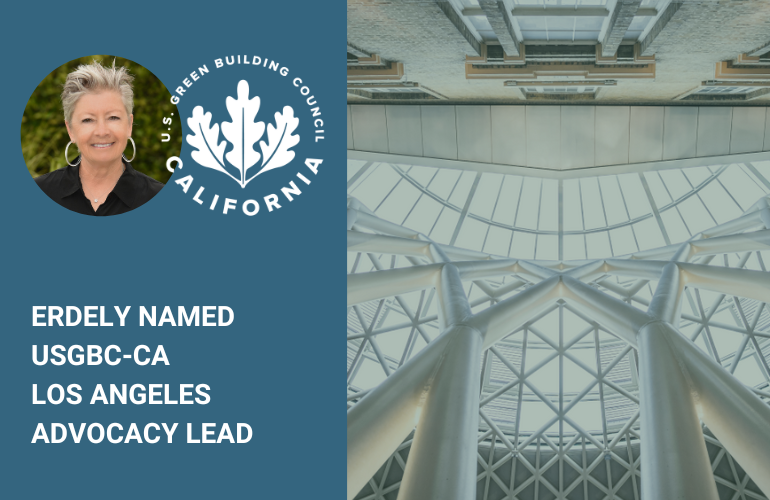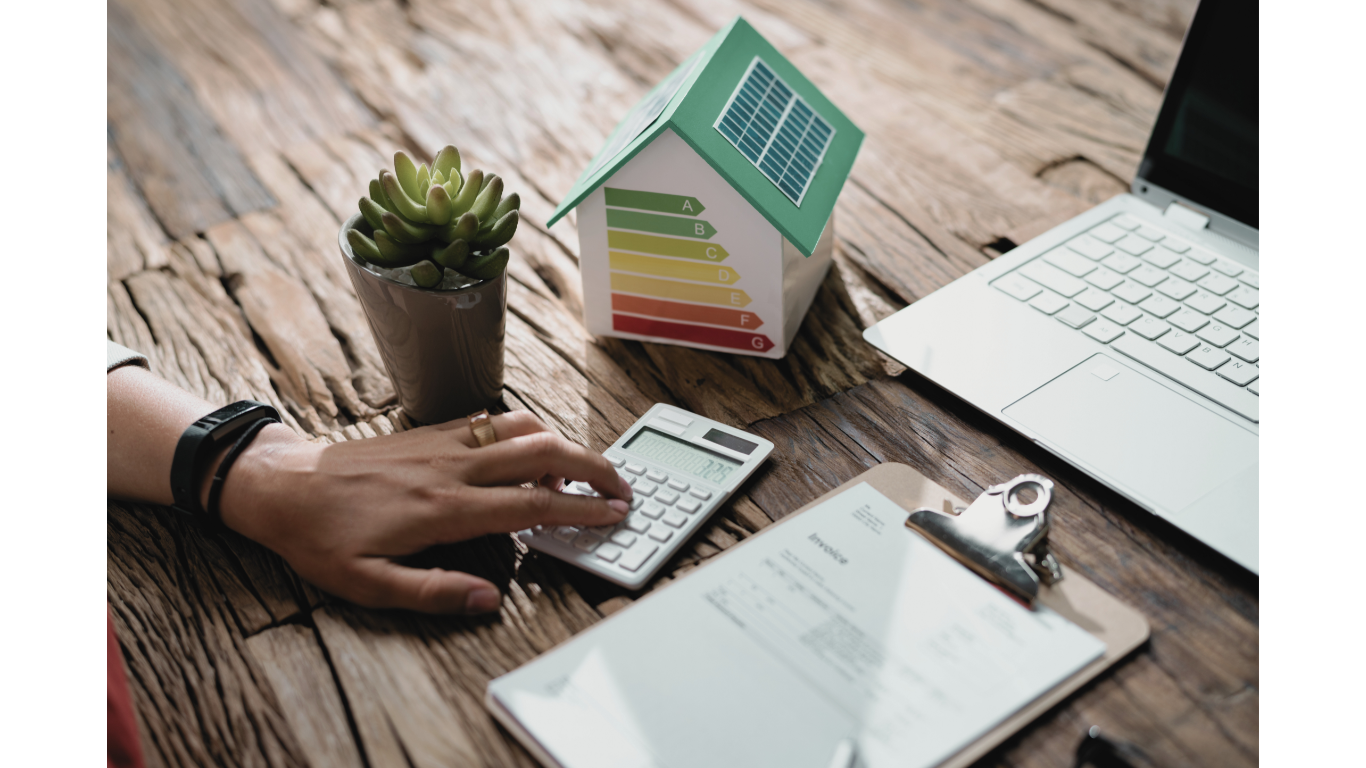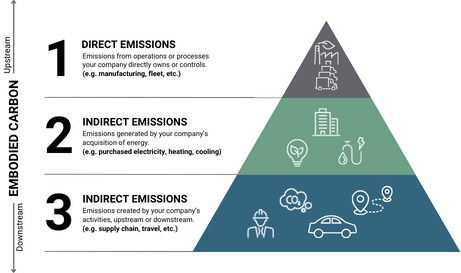As Boston tightens its regulations to combat climate change, building owners are facing new challenges to stay compliant with the Building Emissions Reduction and Disclosure Ordinance (BERDO). If you own or manage a large commercial property, understanding how to navigate these standards is crucial to avoid fines and penalties. That’s where Green Econome steps in—helping you comply, reduce emissions, and achieve long-term energy savings.
What Are BERDO Emissions Requirements?
To reduce the environmental impact of Boston’s largest buildings, the city has set strict emissions standards that gradually lower every five years, aiming for net-zero emissions by 2050. Here are the key points you should be aware of:
- Buildings over 20,000 square feet or residential properties with 15+ units must comply.
- By 2025 or 2030 (depending on your building’s size), you’ll need to report your energy use and greenhouse gas emissions to the city annually.
- Every five years, buildings must either reduce emissions by 15% or complete a detailed energy assessment.
Emissions reduction schedule by building type:
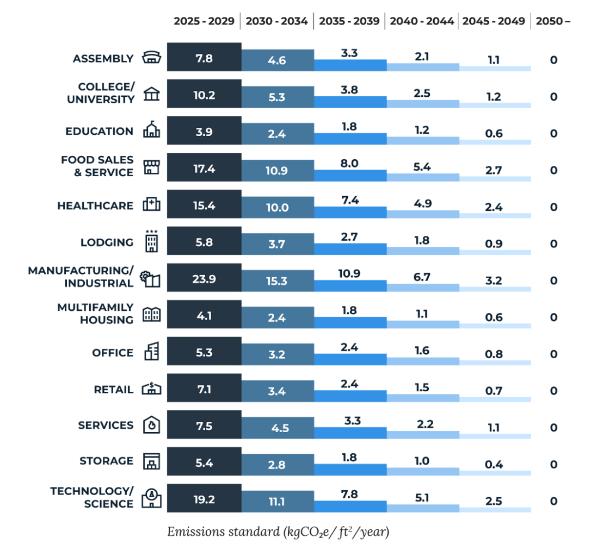
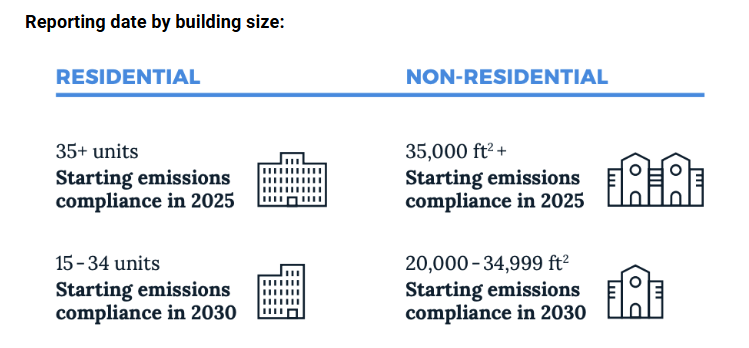
How Green Econome Simplifies BERDO Compliance
We specialize in helping Boston commercial real estate owners meet energy benchmarking and emissions reduction targets. With our expert team, you can:
We assist in benchmarking, tracking, and reporting your building’s energy use and emissions through ENERGY STAR® Portfolio Manager®. We ensure that your data is accurate and submitted on time, so you stay compliant with BERDO’s requirements year after year. If you already have benchmarking covered, we can provide third-party verification services.
Beyond benchmarking, Green Econome can help plan an effective strategy that aligns your reduction targets with company goals and budget. By conducting energy audits and analyses, Green Econome acts as an extension of your team to make efficiency recommendations, provide energy management, verify and track reductions to ensure you are on track for BERDO compliance.
Green Econome is an end-to-end service provider that can manage and/or install your energy and water efficiency projects. Whether an LED lighting retrofit or a full scale building decarbonization and clean energy system, we leverage a national team of professionals to get the job done.
Avoid Penalties – Act Today!
The clock is ticking on Boston’s emissions standards, and penalties for non-compliance can add up fast, up to $1,000/day! Green Econome offers a streamlined approach to meet BERDO’s energy and emissions requirements, saving you time, money, and stress. Ready to make your building more efficient and compliant? Contact Green Econome today for a consultation and see how we can help you reduce emissions, lower costs, and stay ahead of Boston’s climate regulations.
The clock is ticking on Boston’s emissions standards, and penalties for non-compliance can add up fast, up to $1,000/day! Green Econome offers a streamlined approach to meet BERDO’s energy and emissions requirements, saving you time, money, and stress. Ready to make your building more efficient and compliant? Contact Green Econome today for a consultation and see how we can help you reduce emissions, lower costs, and stay ahead of Boston’s climate regulations.






